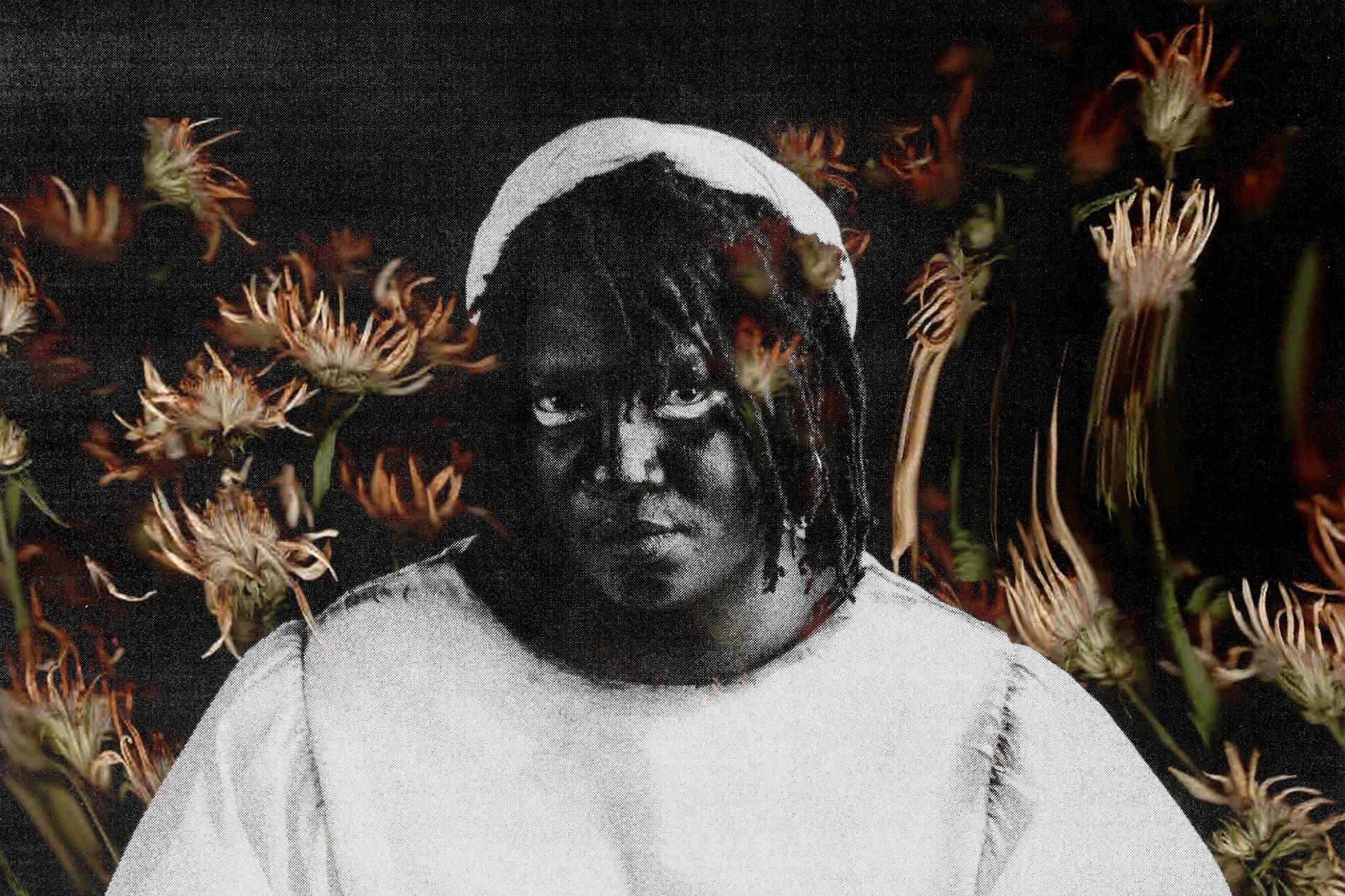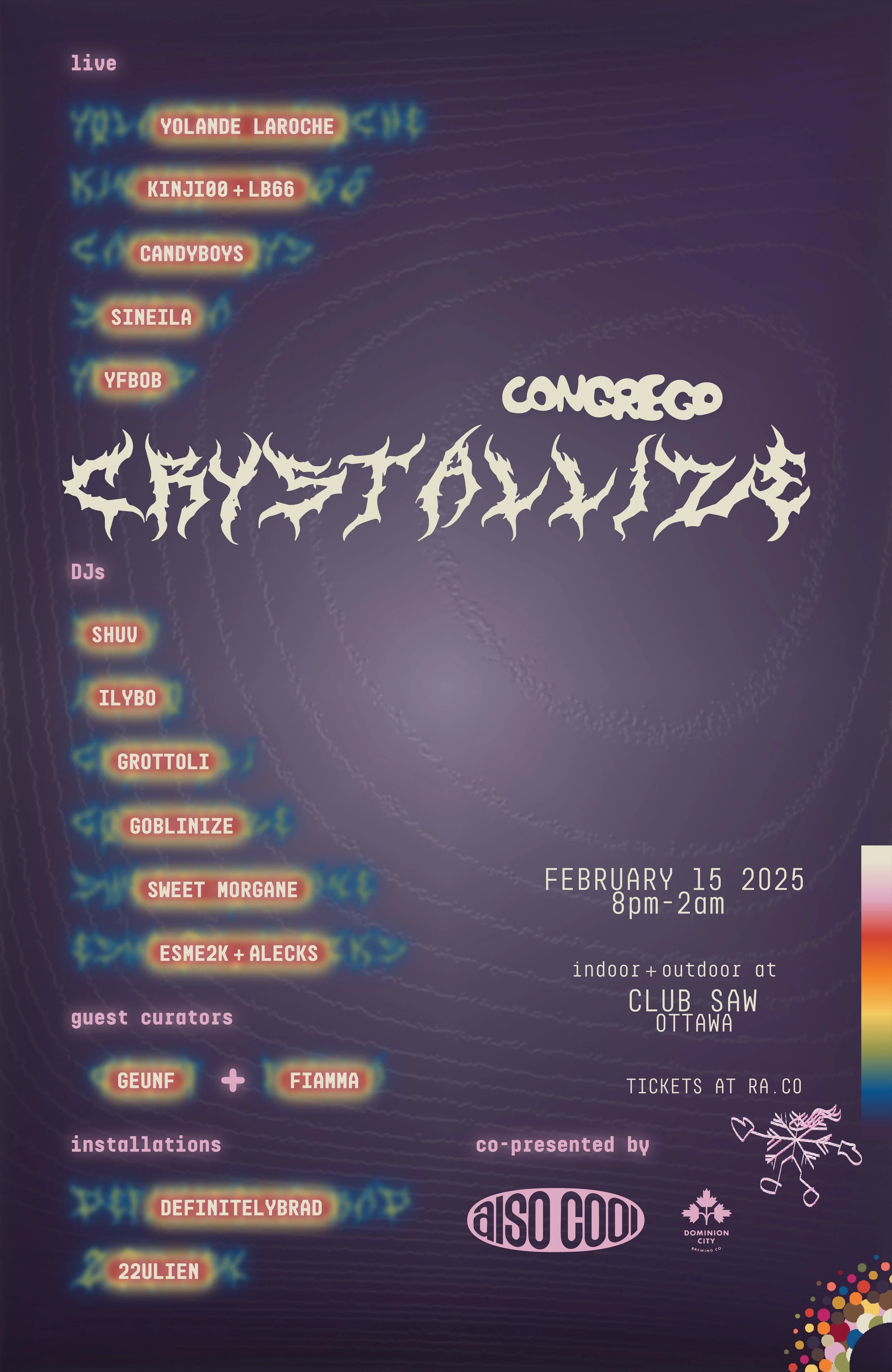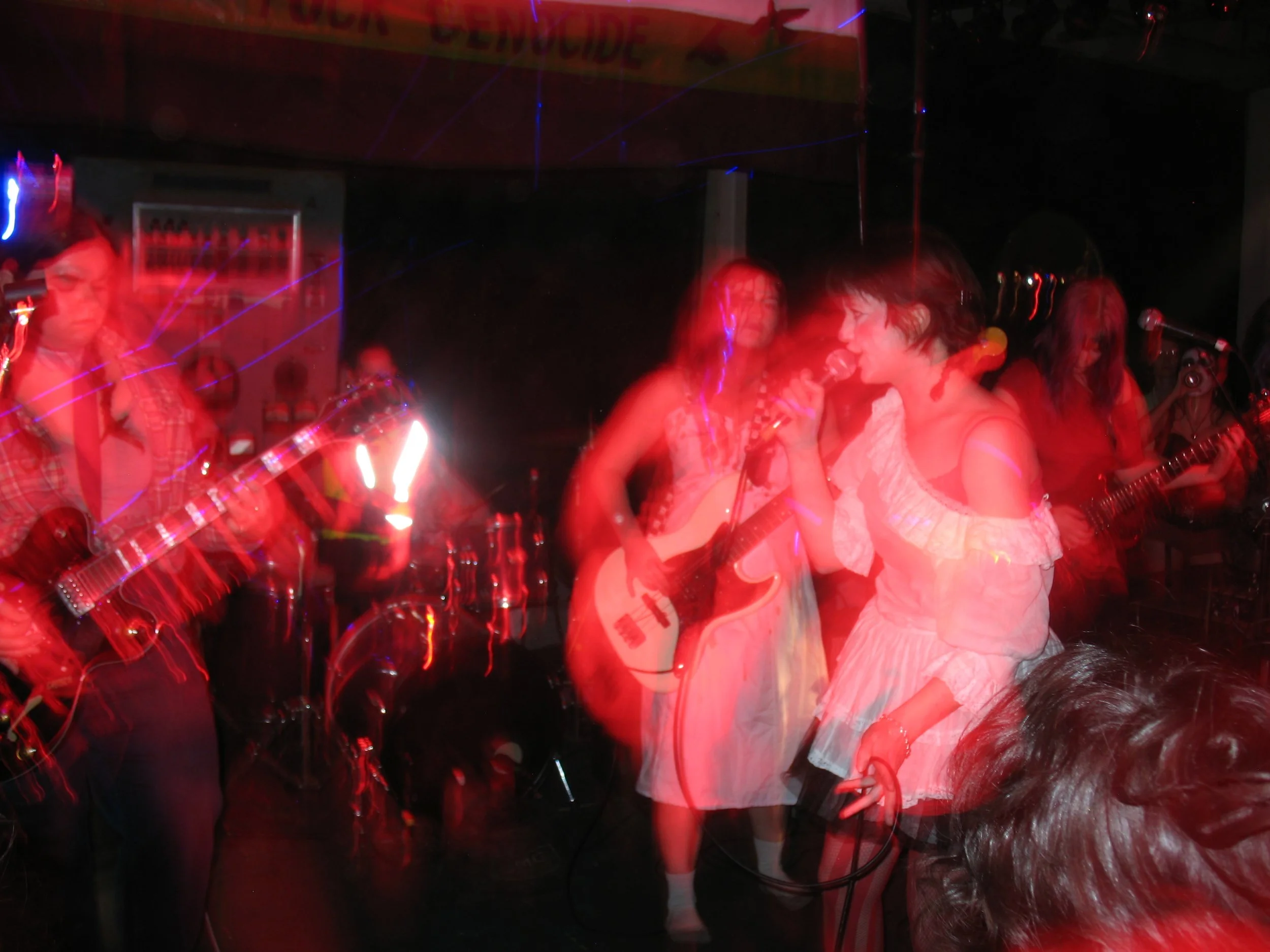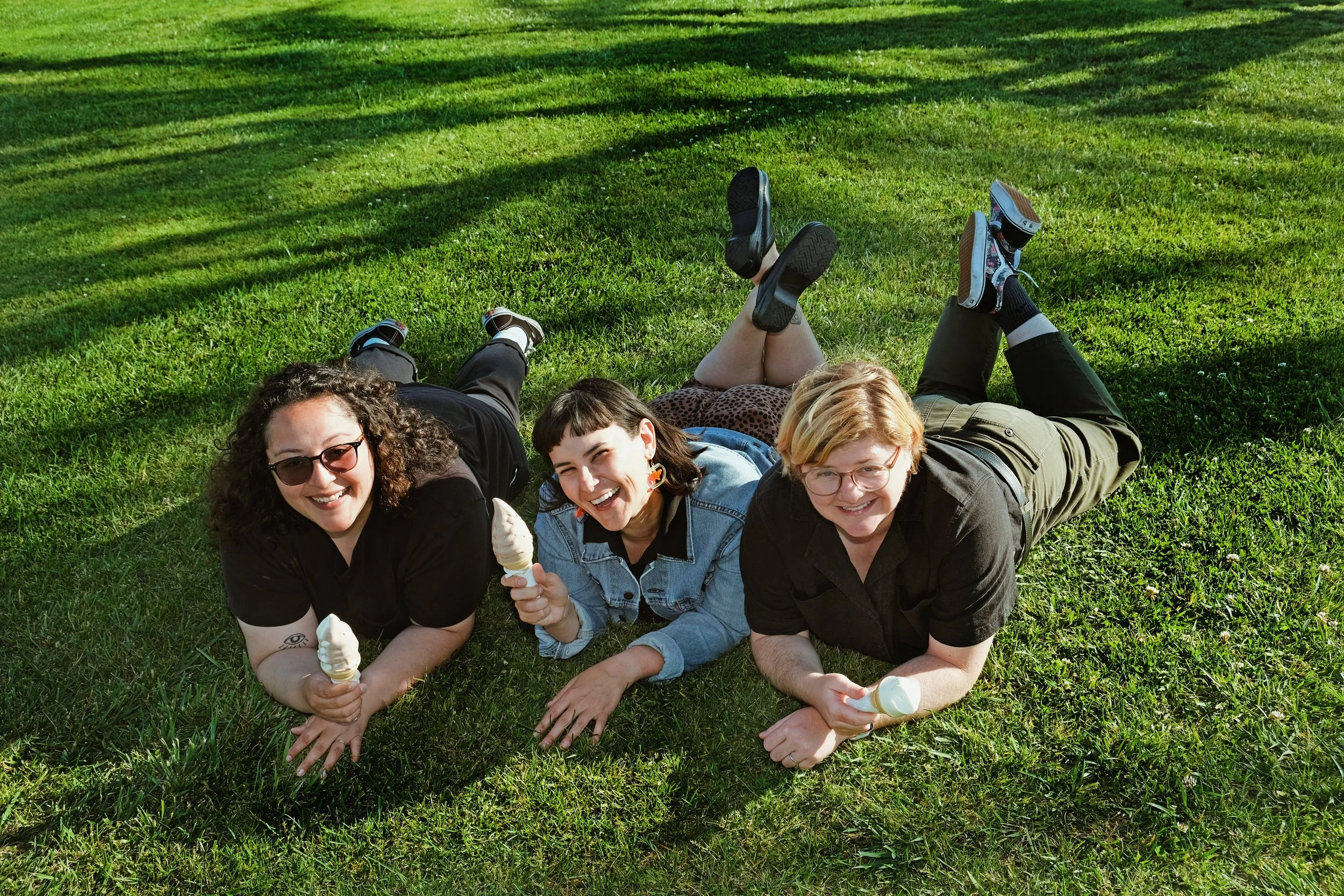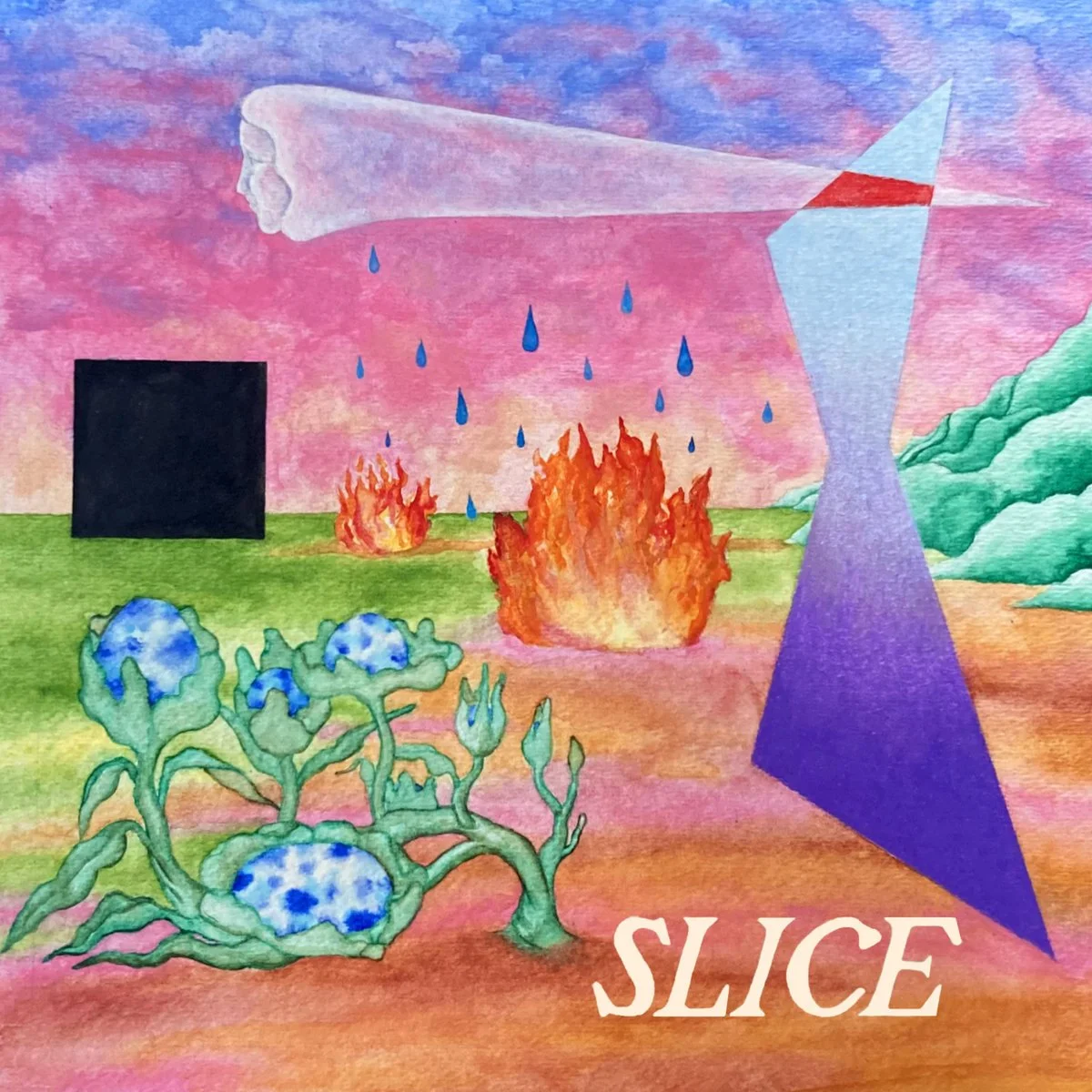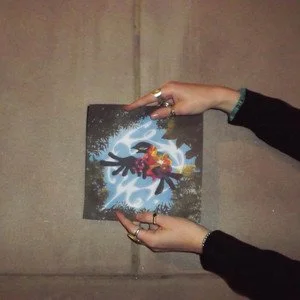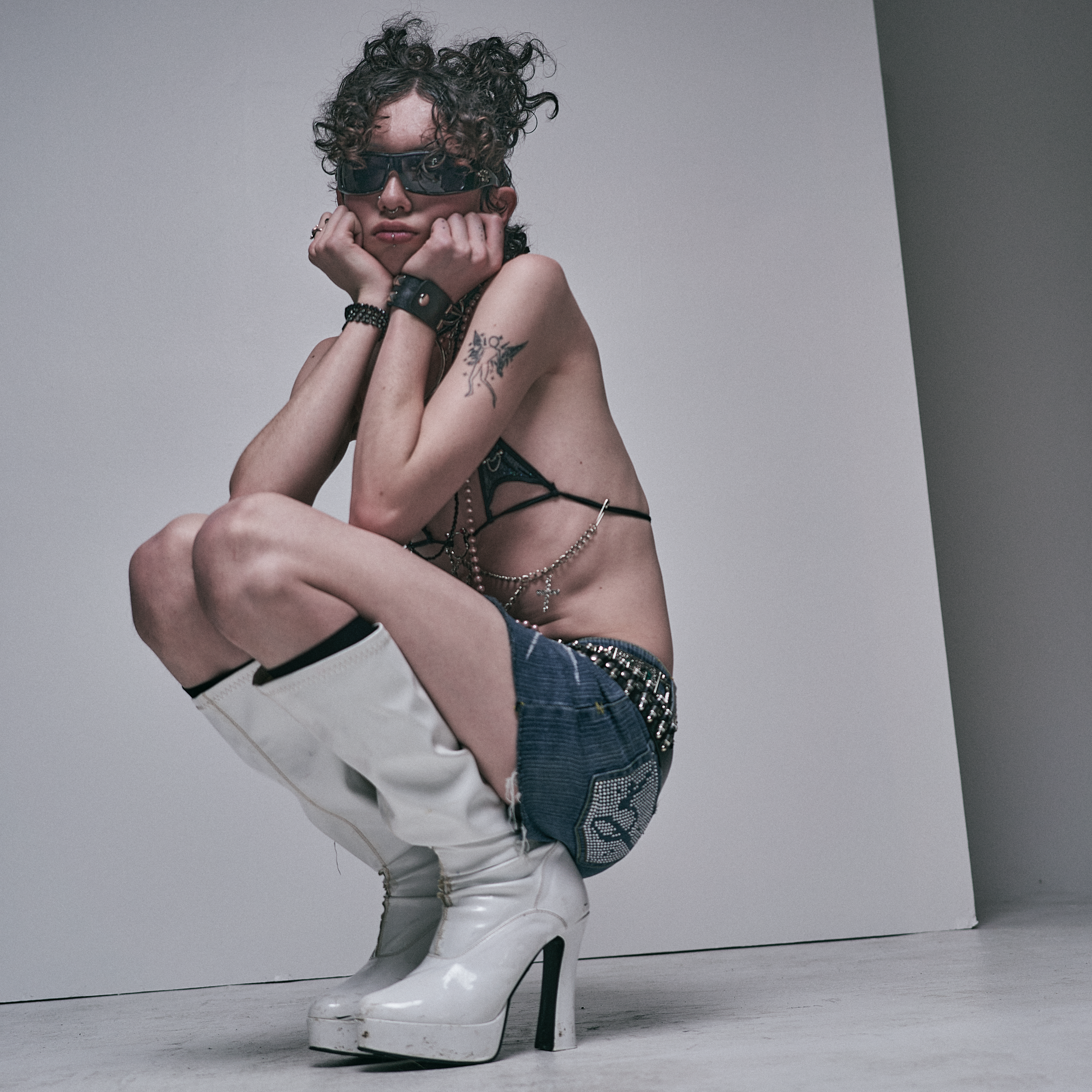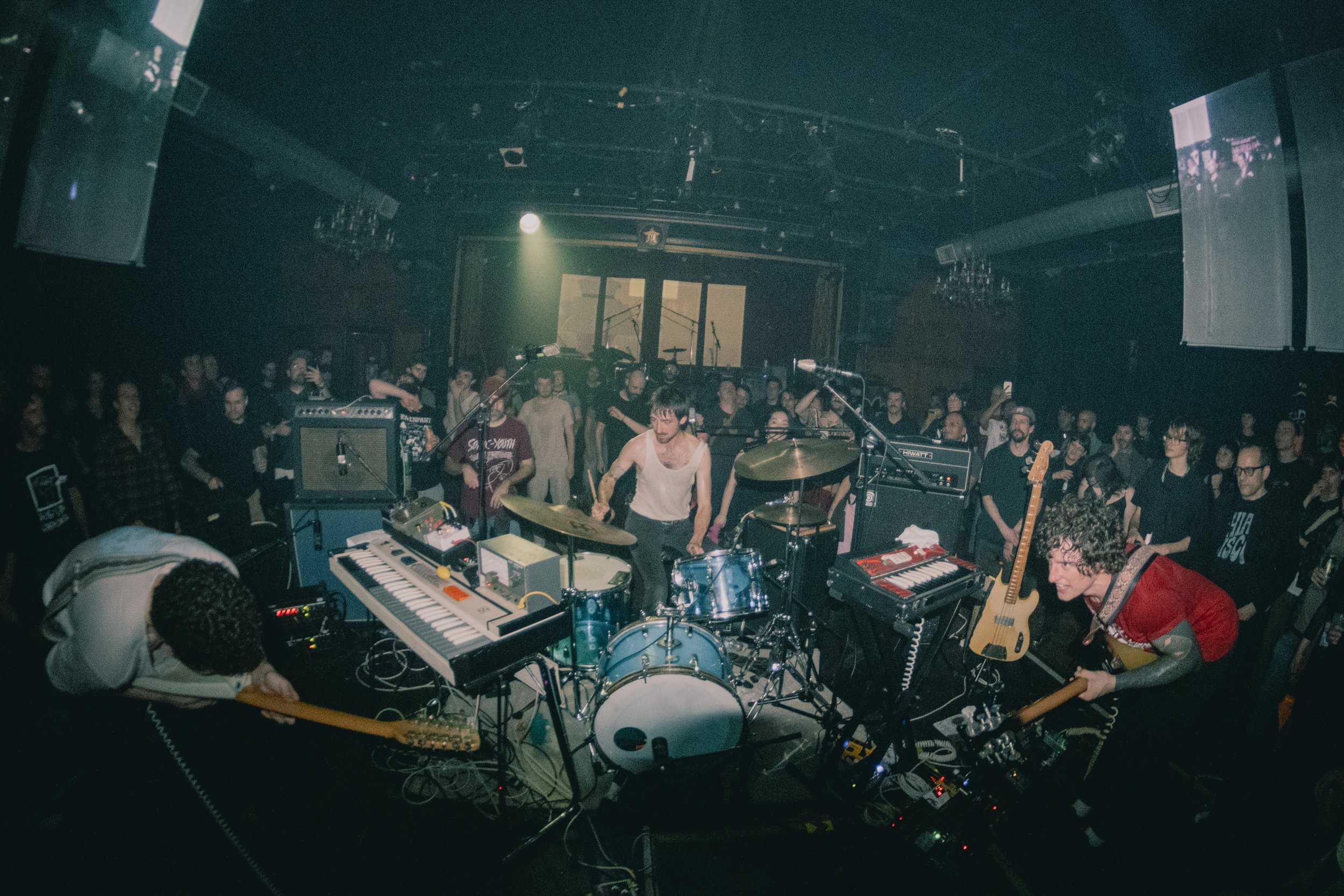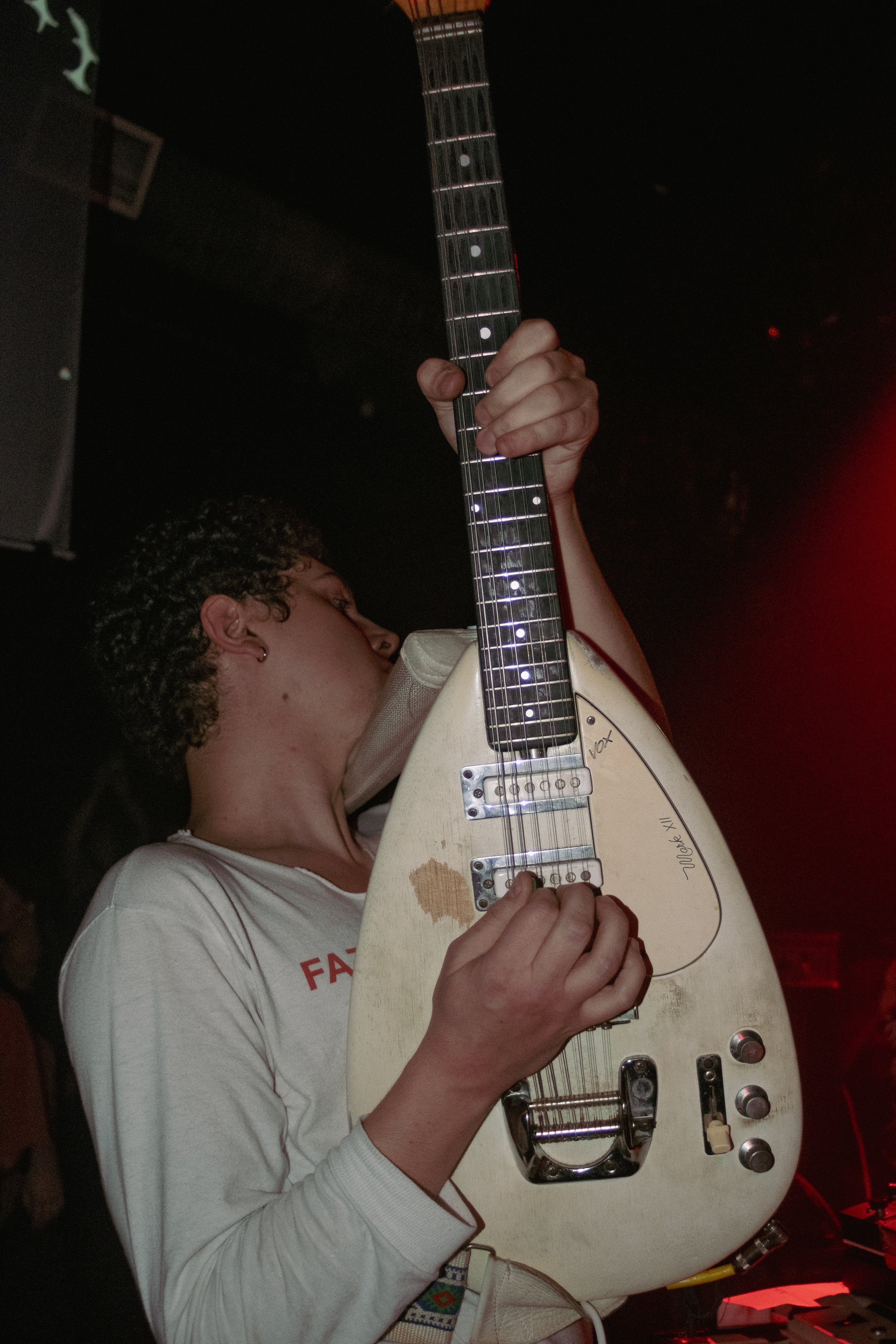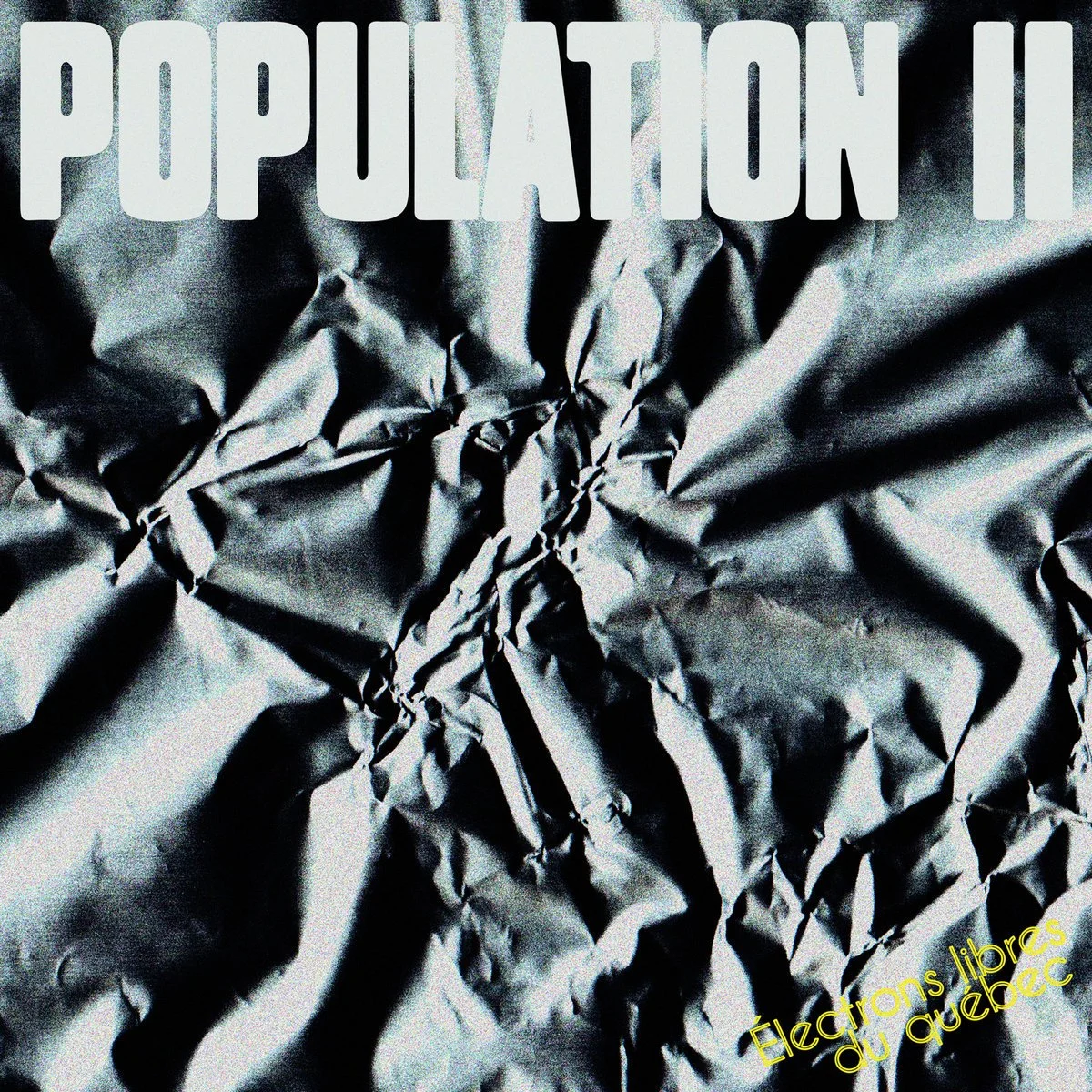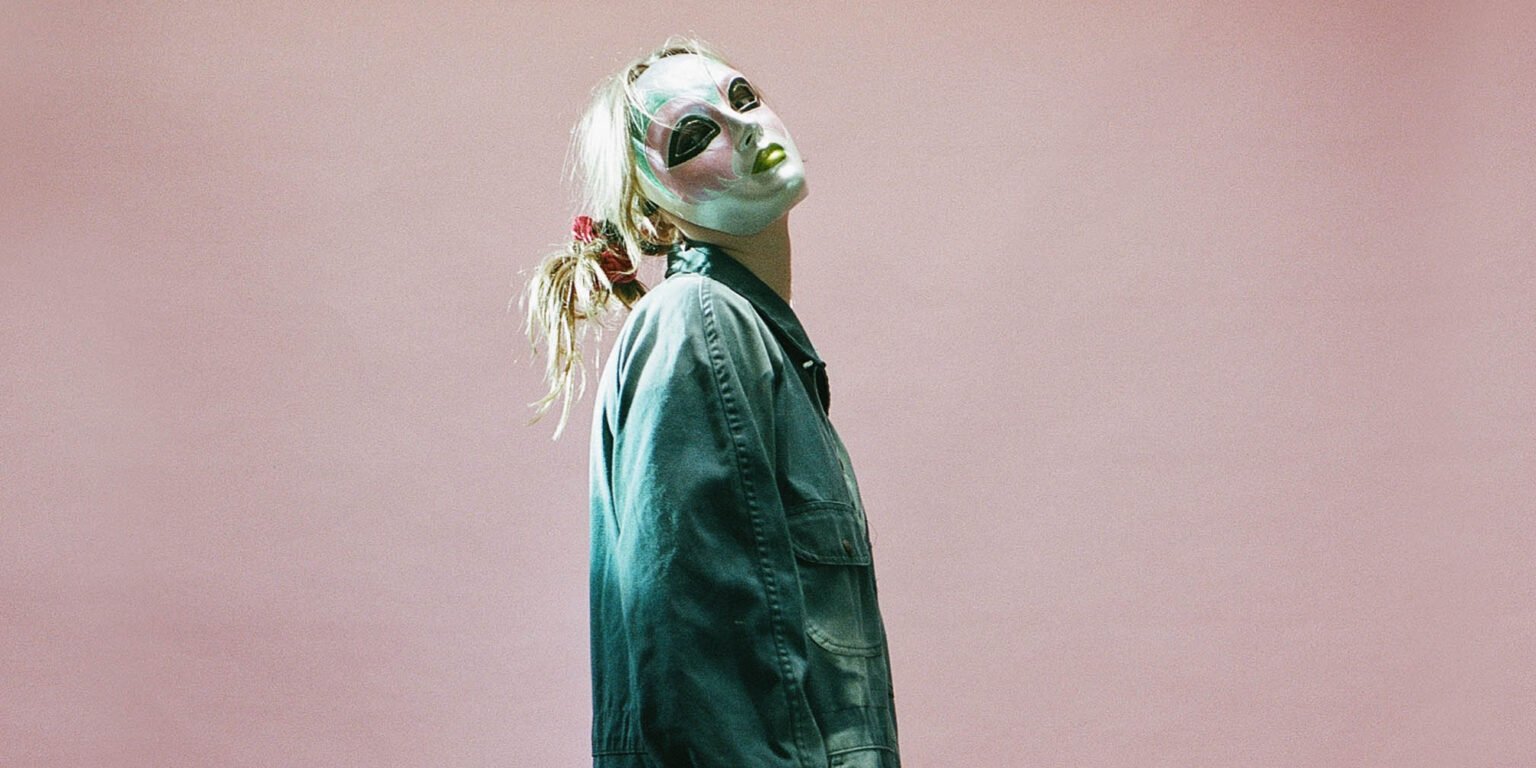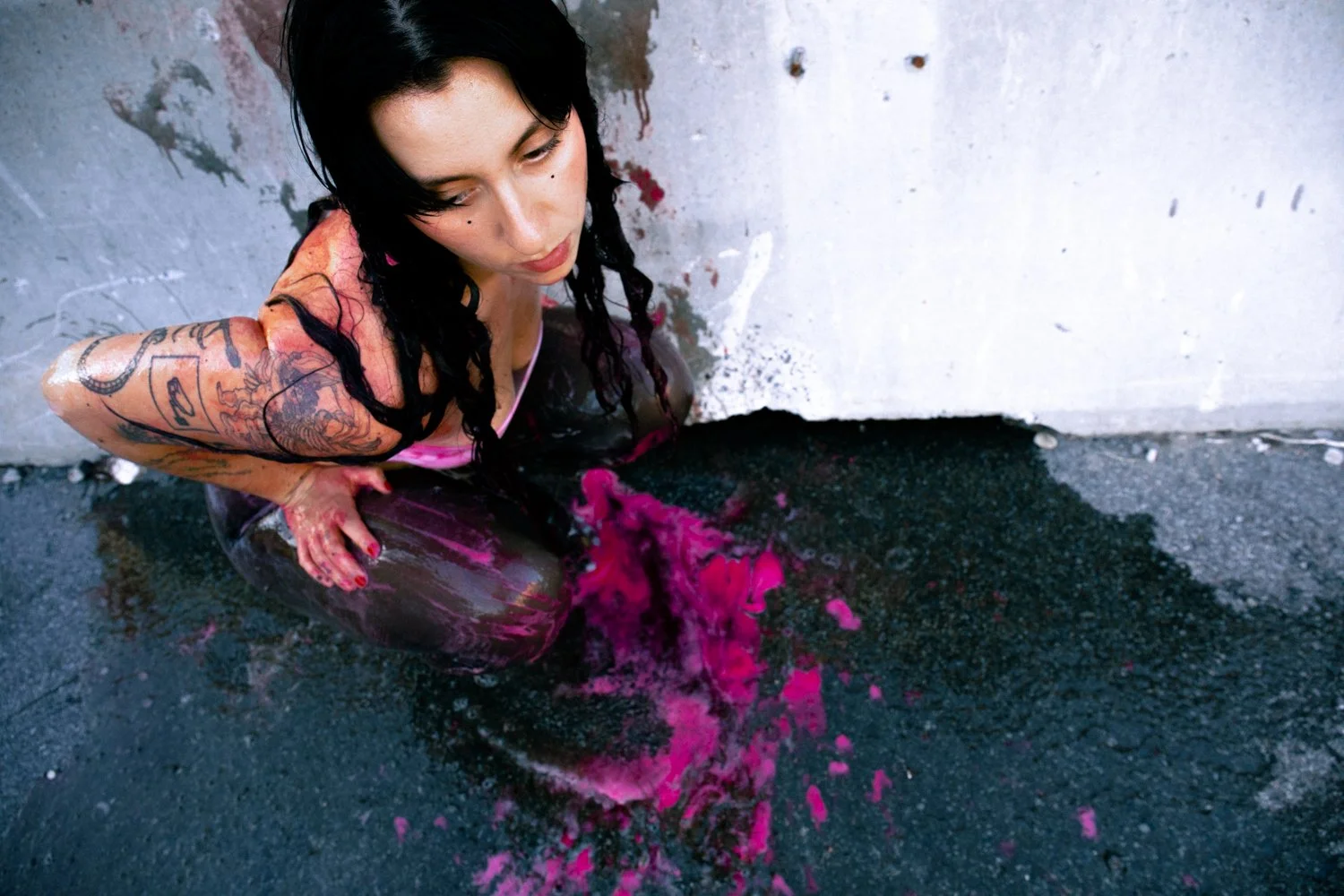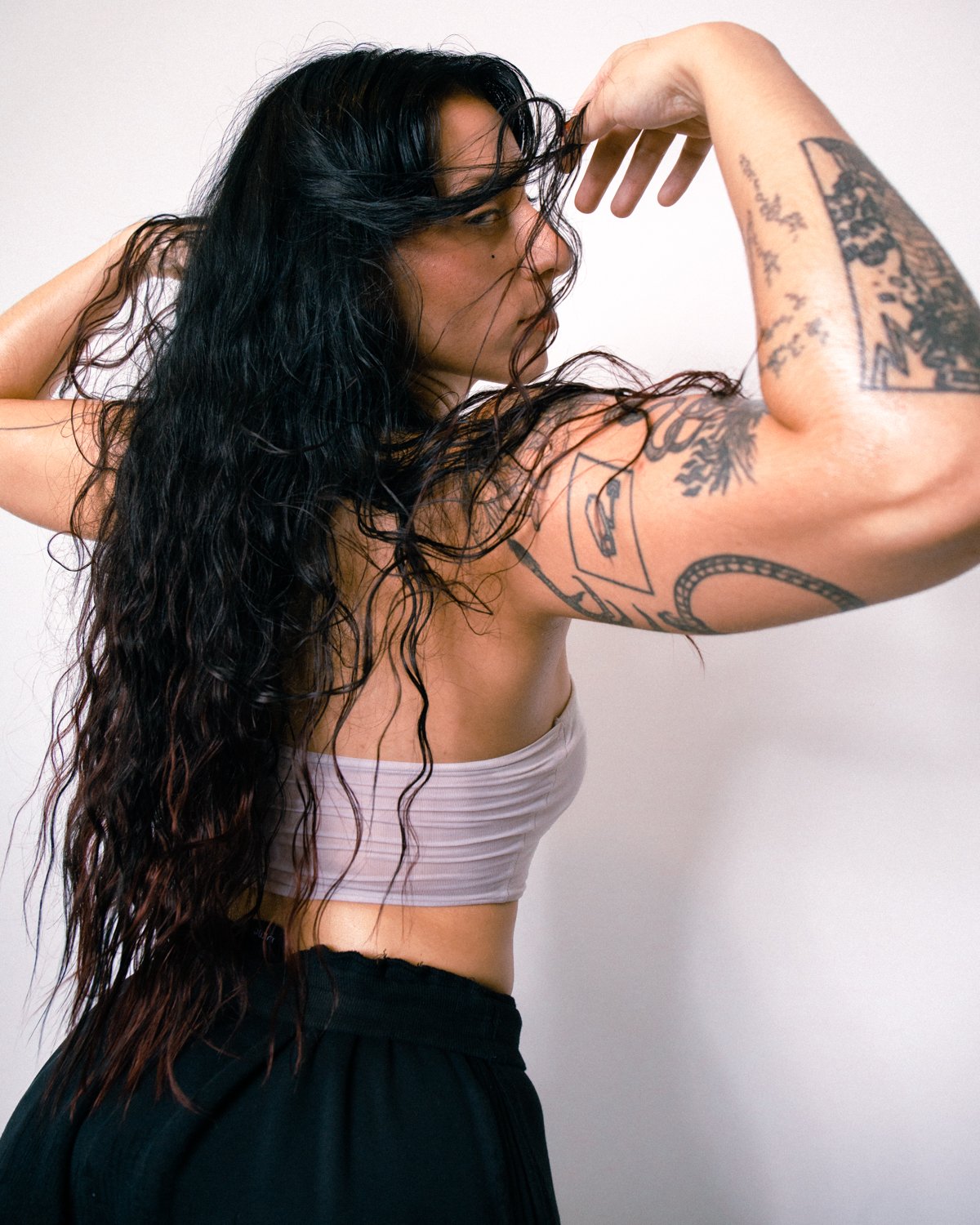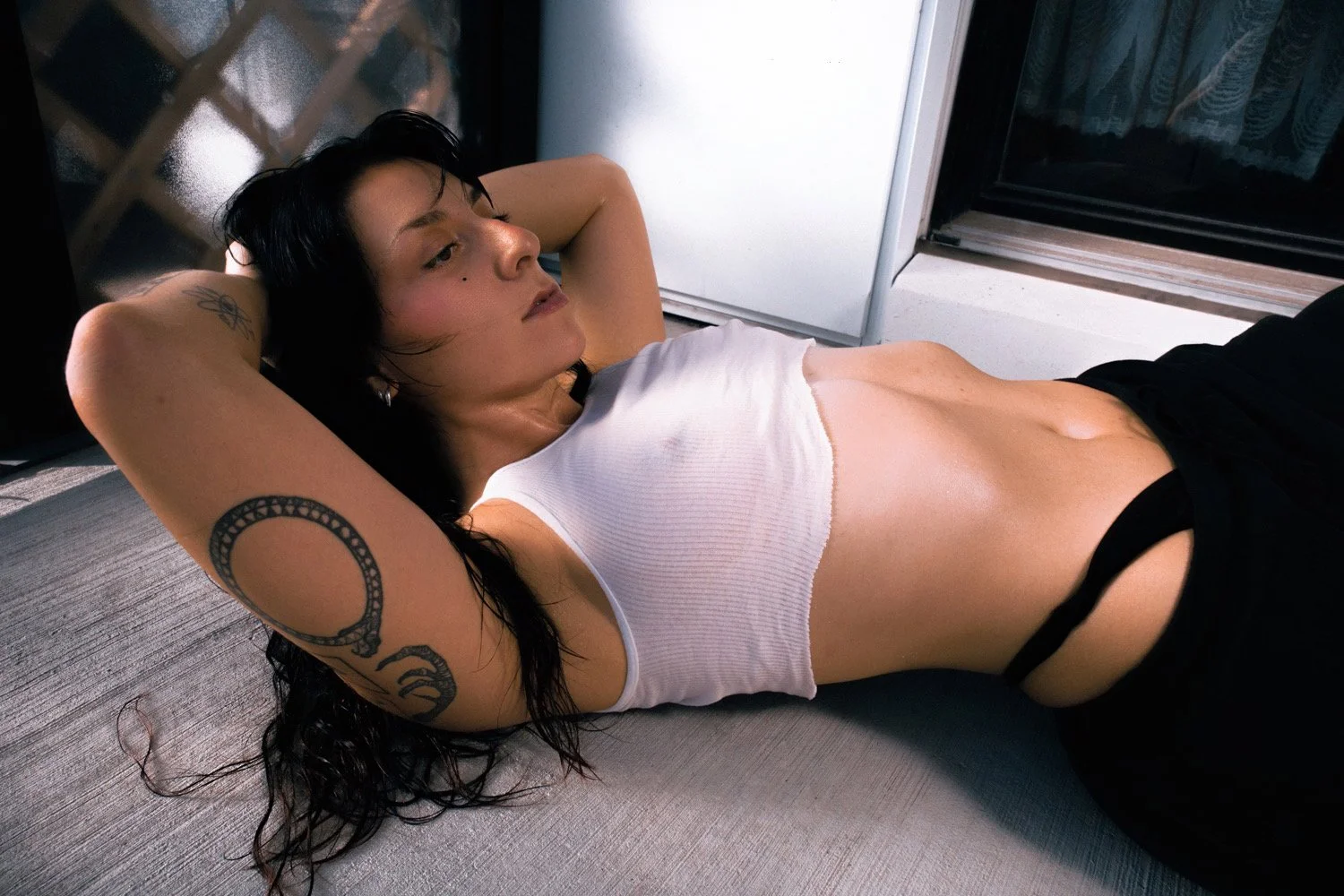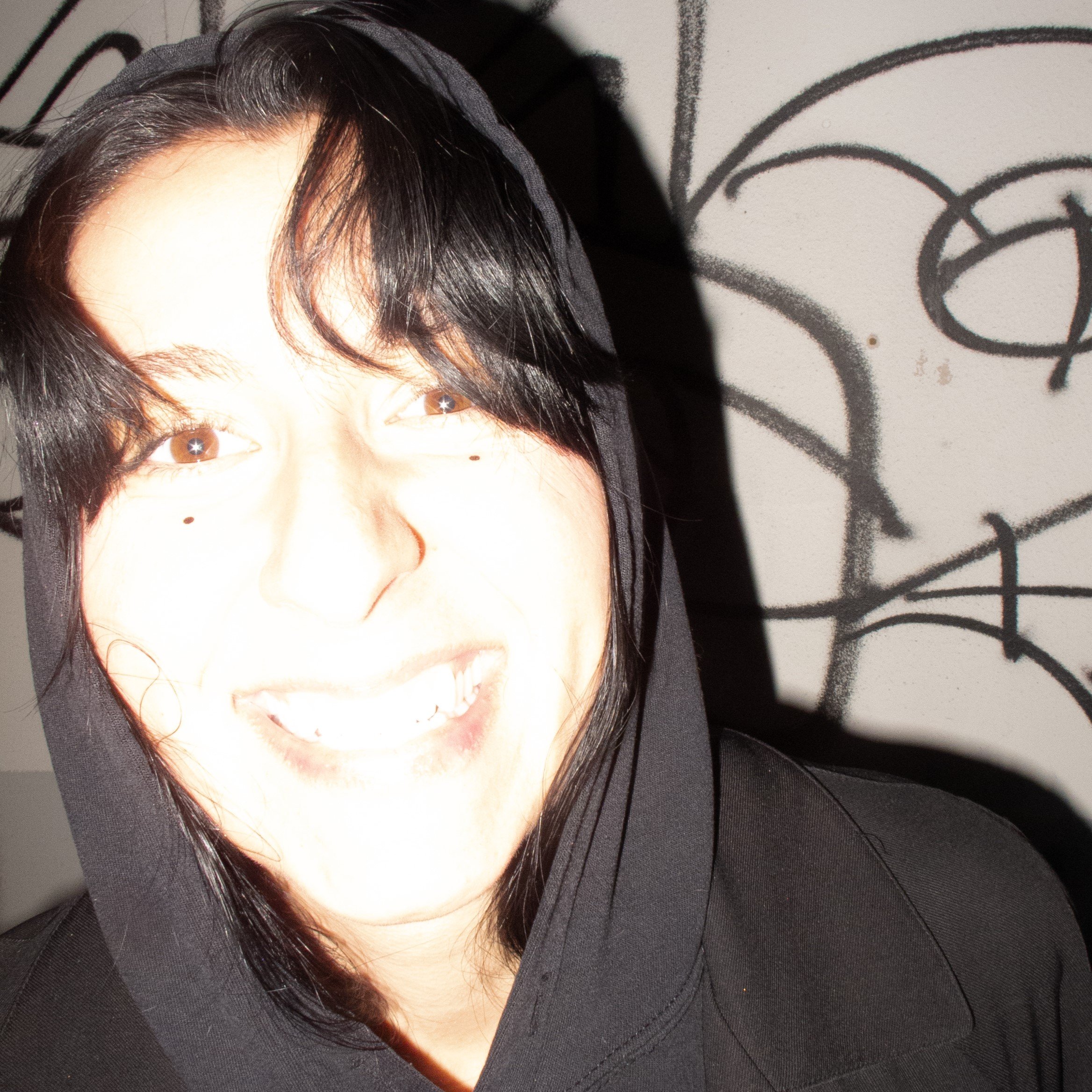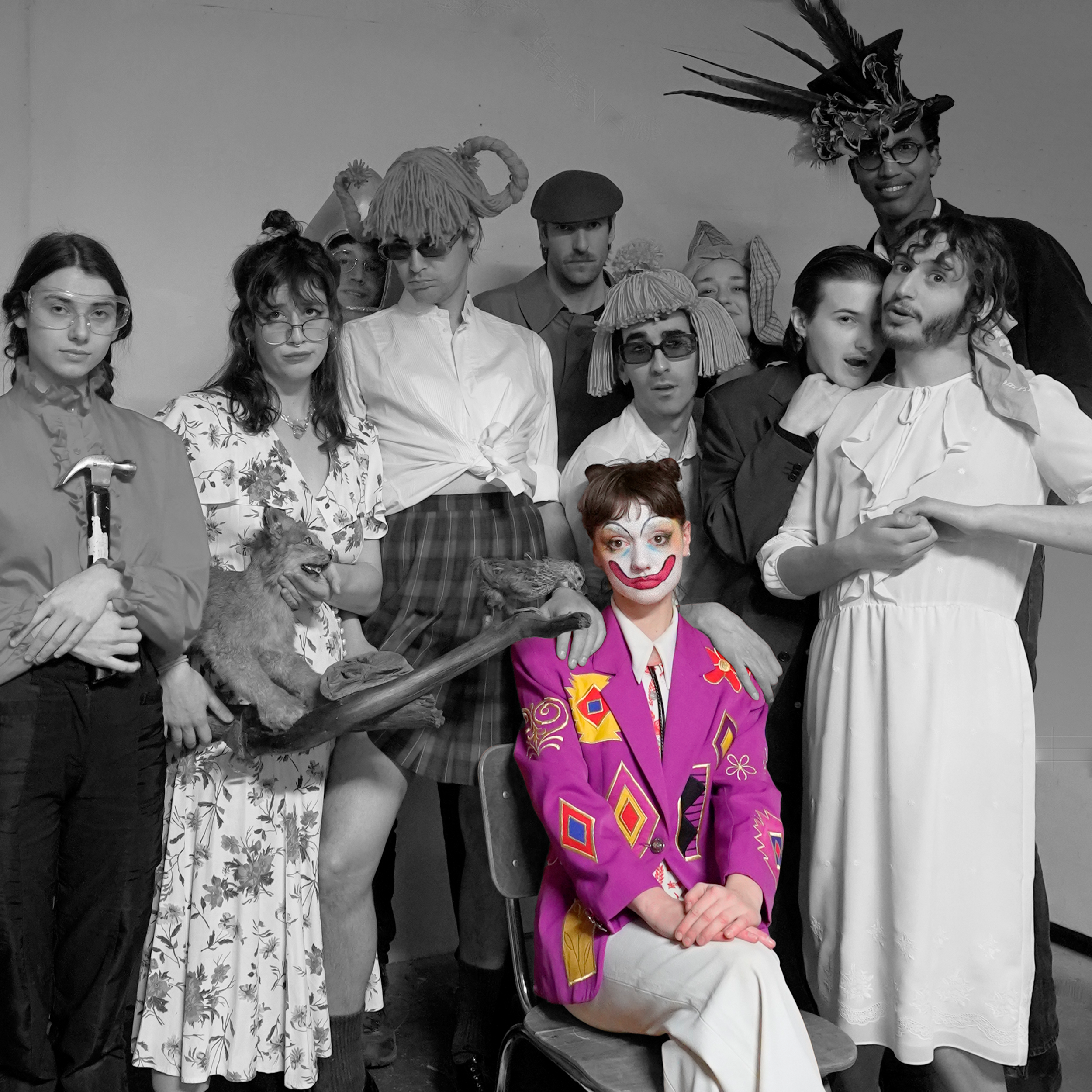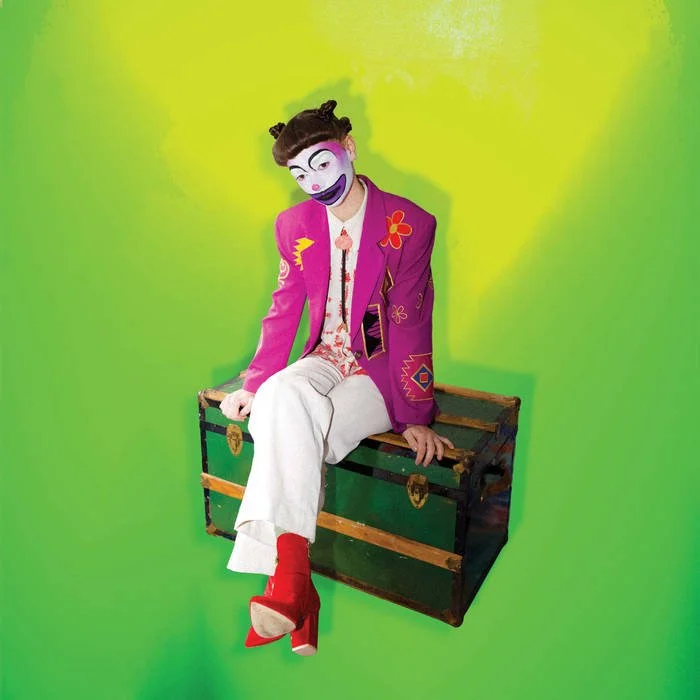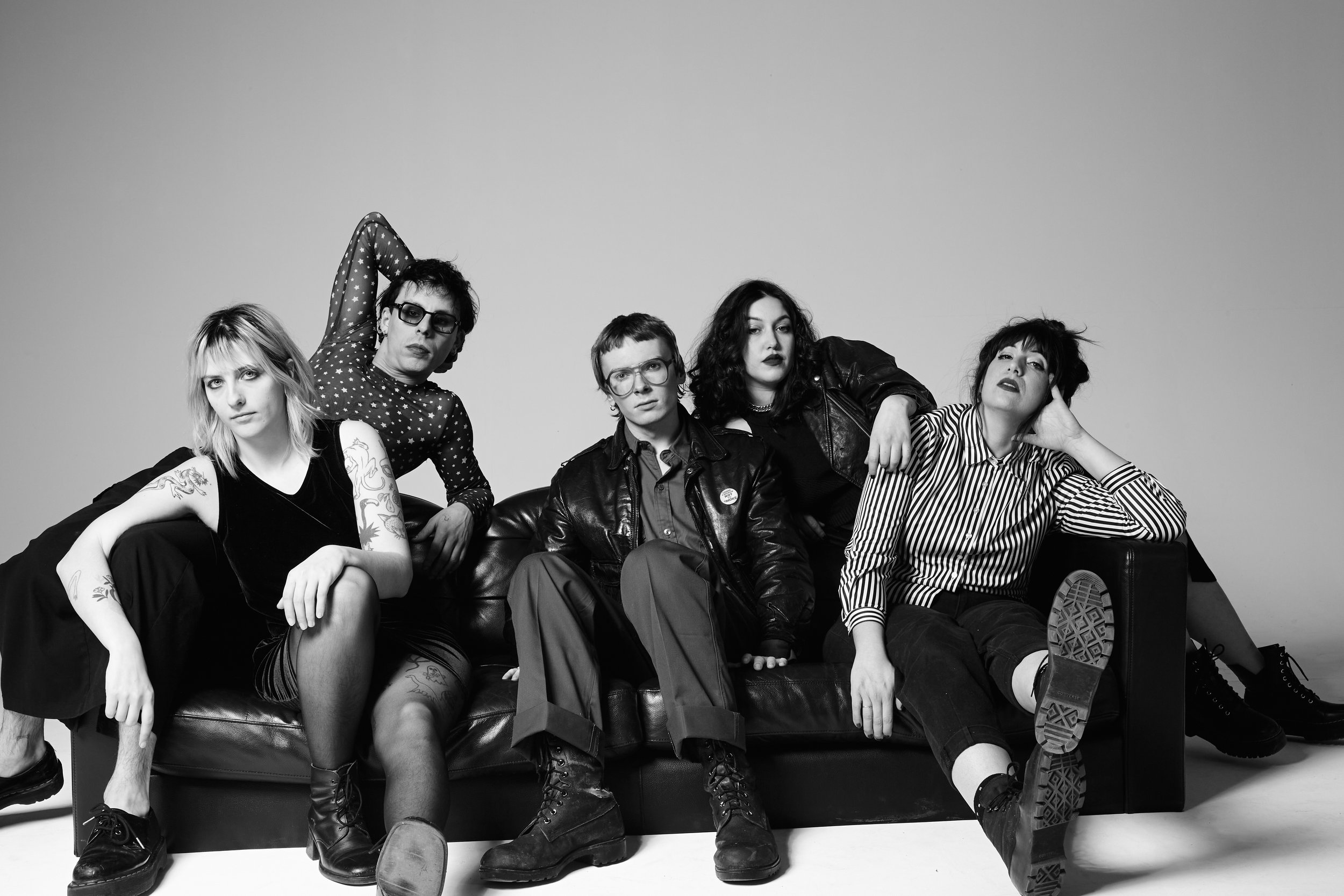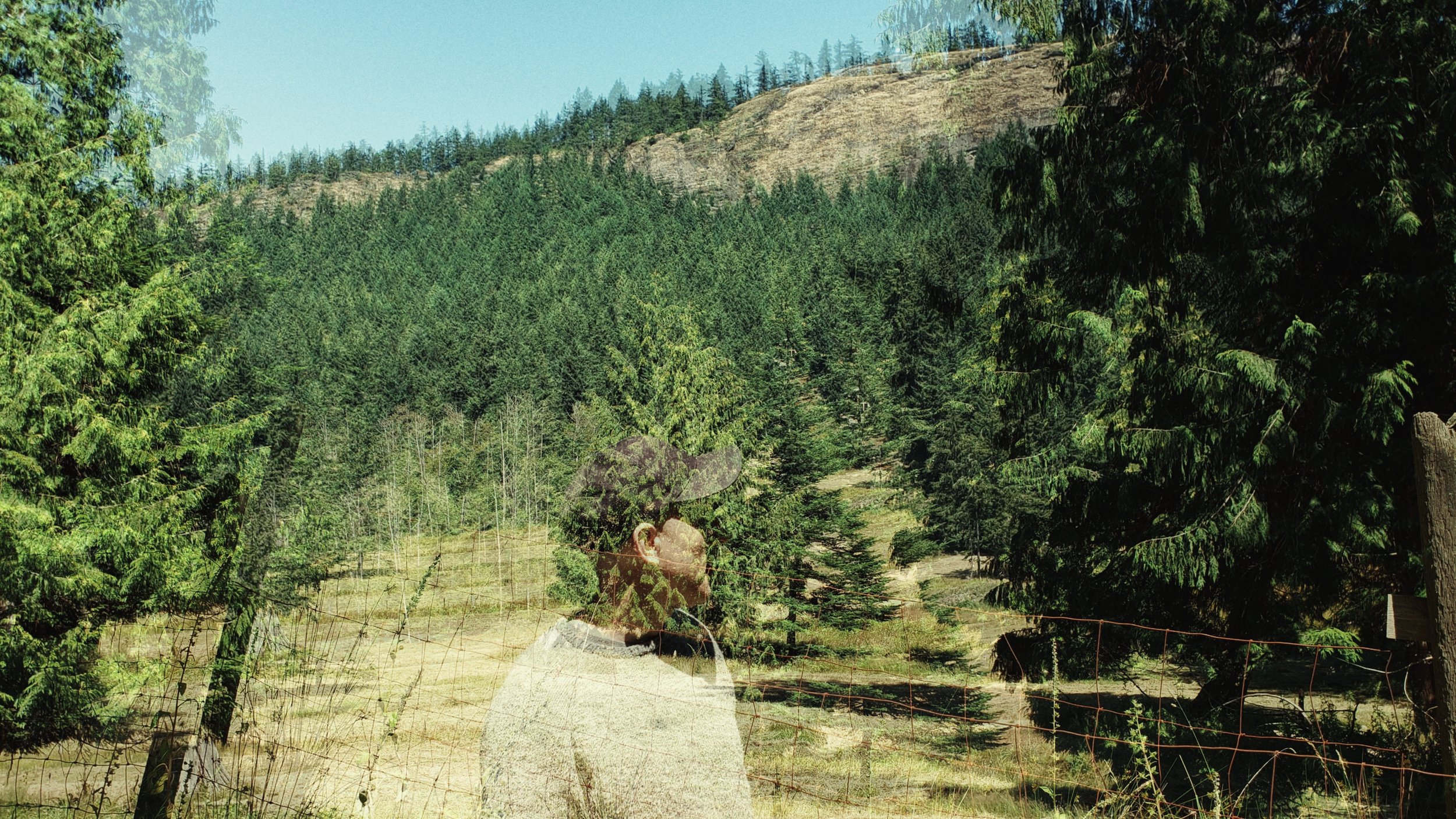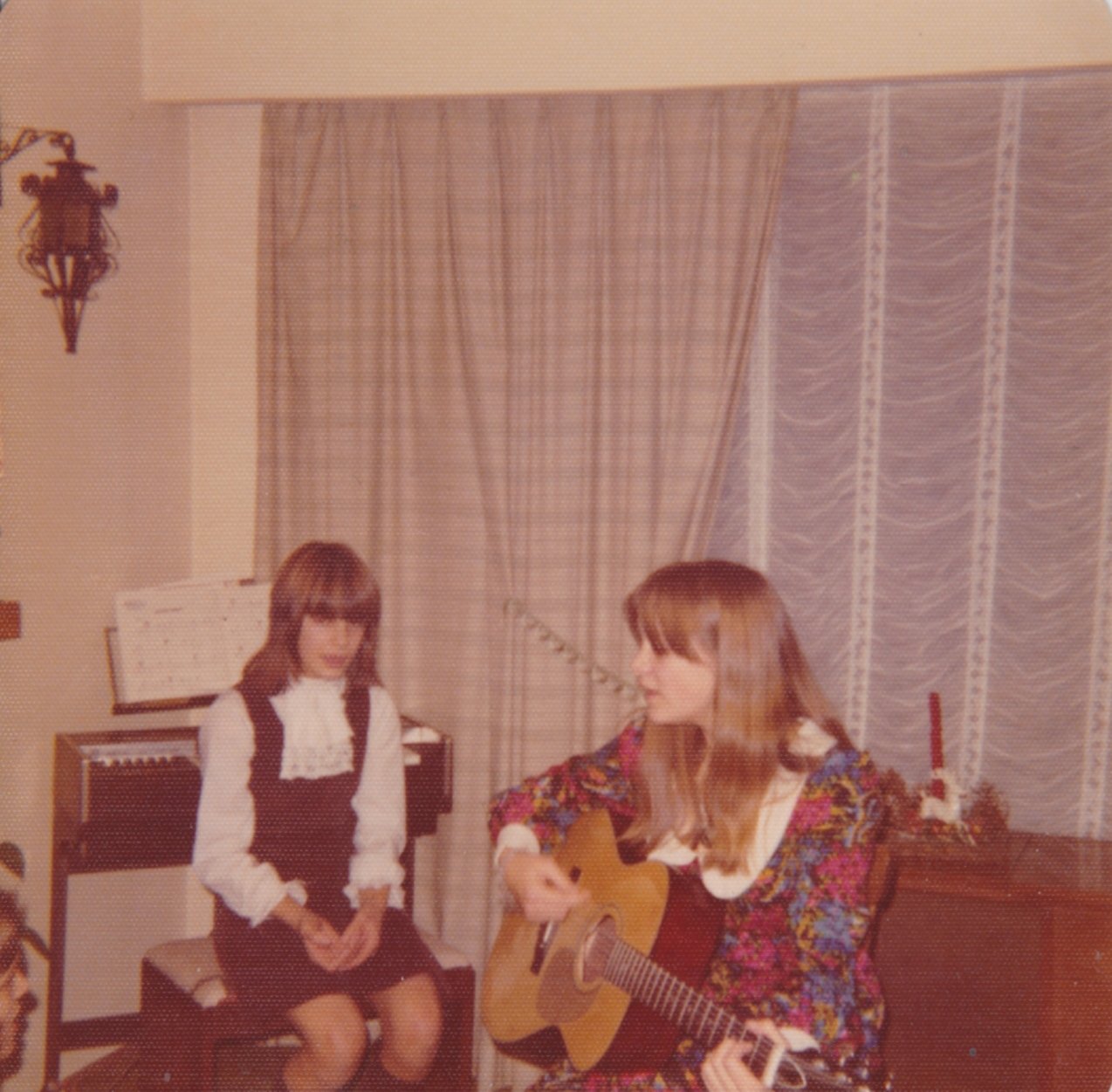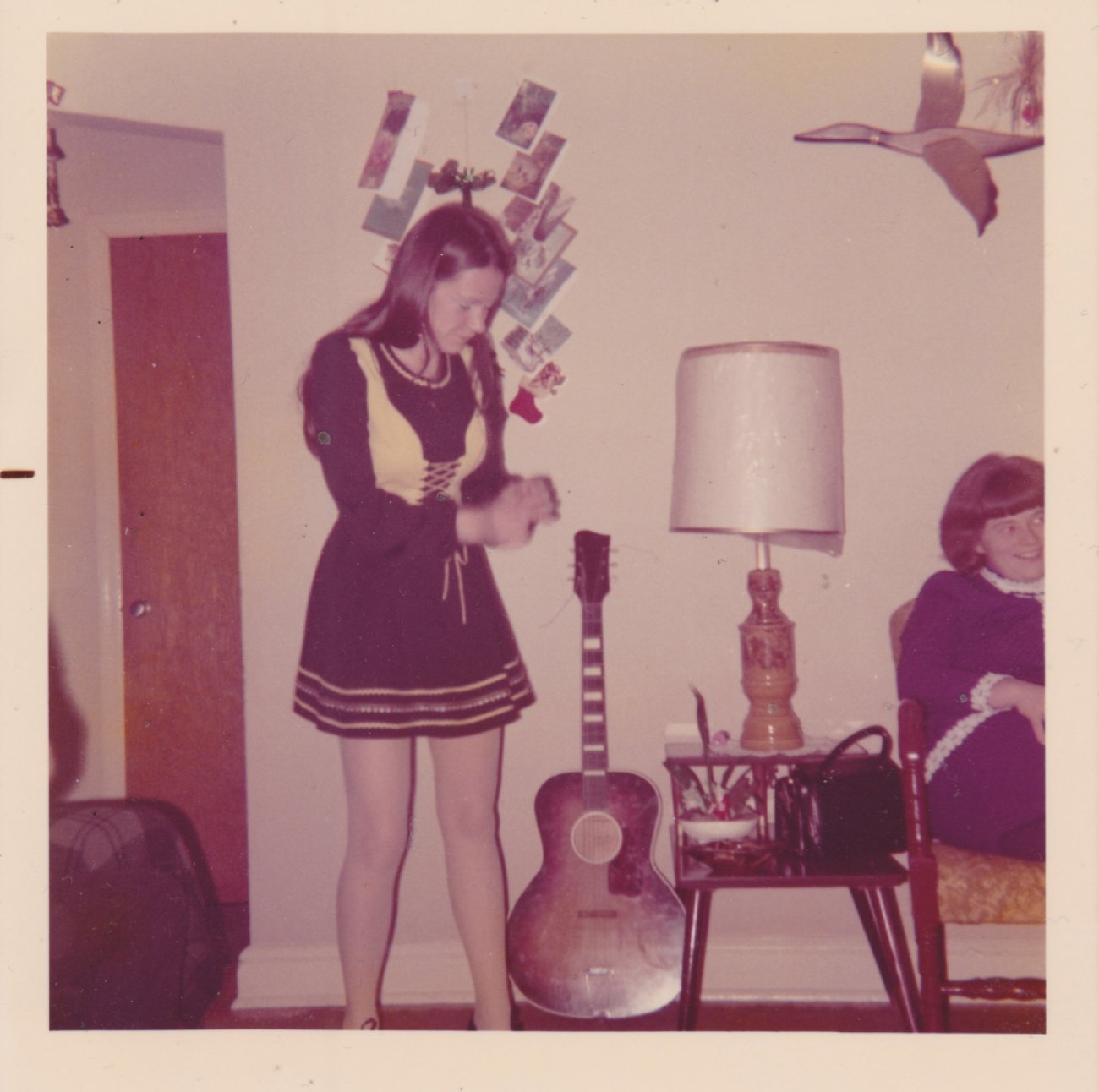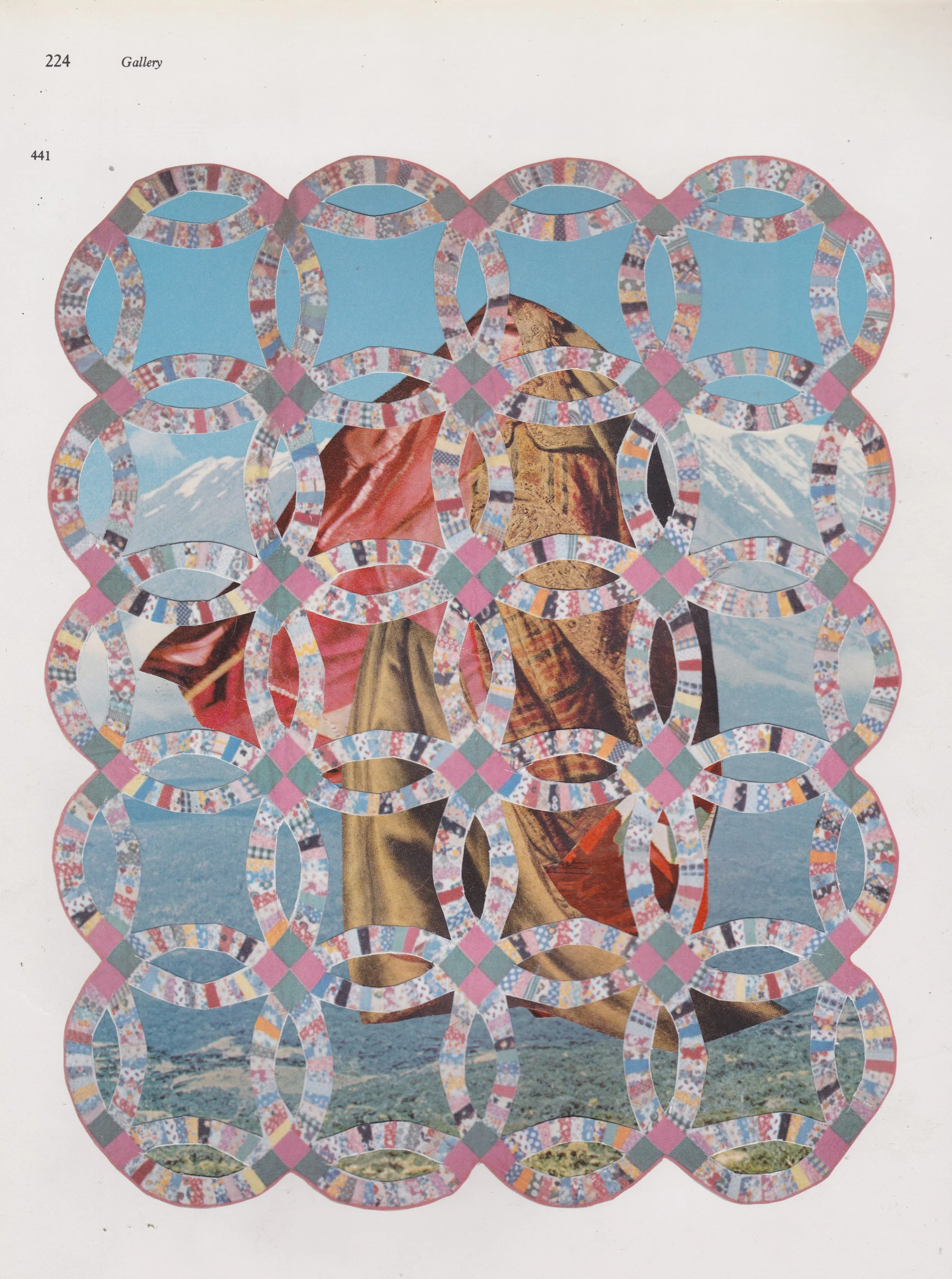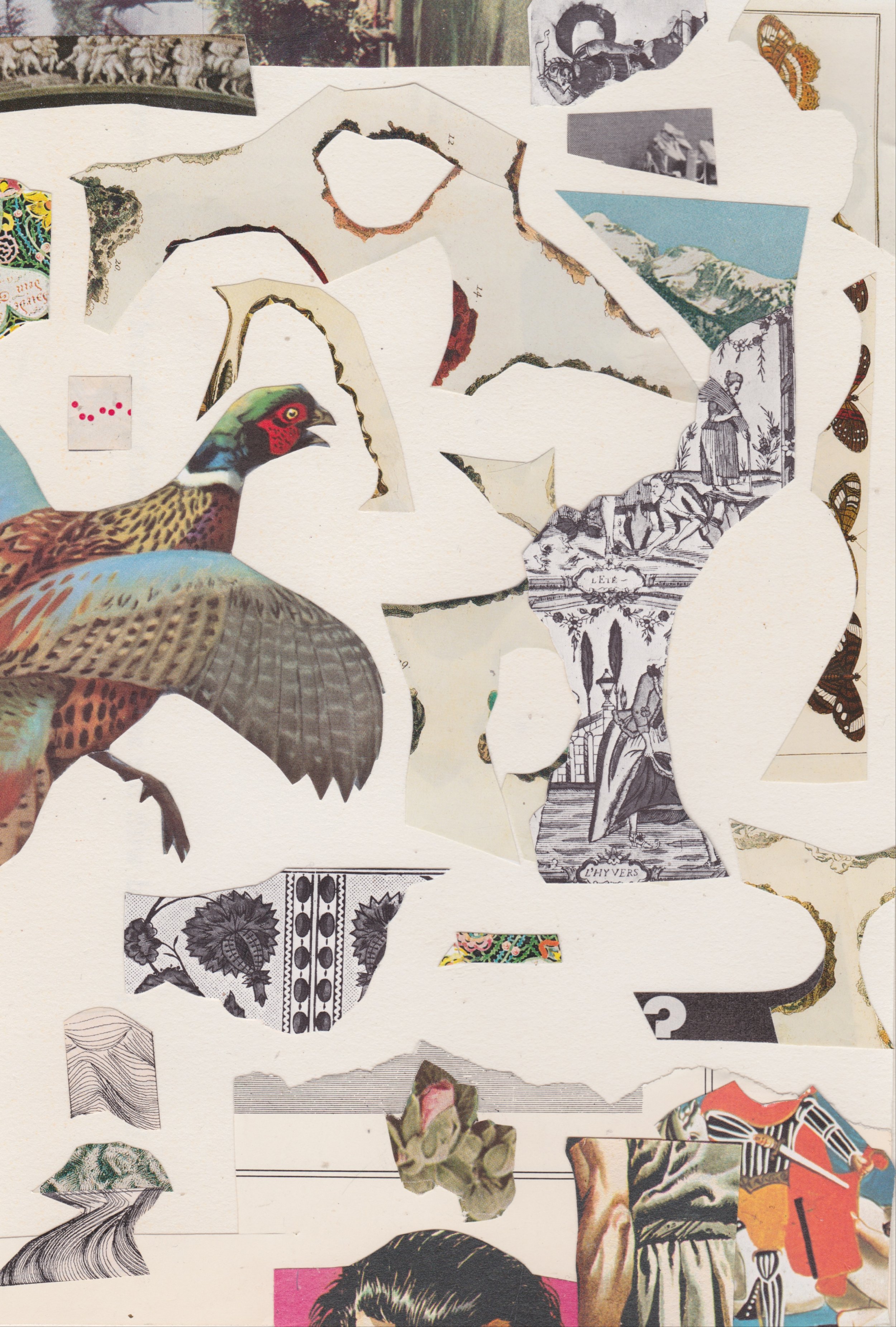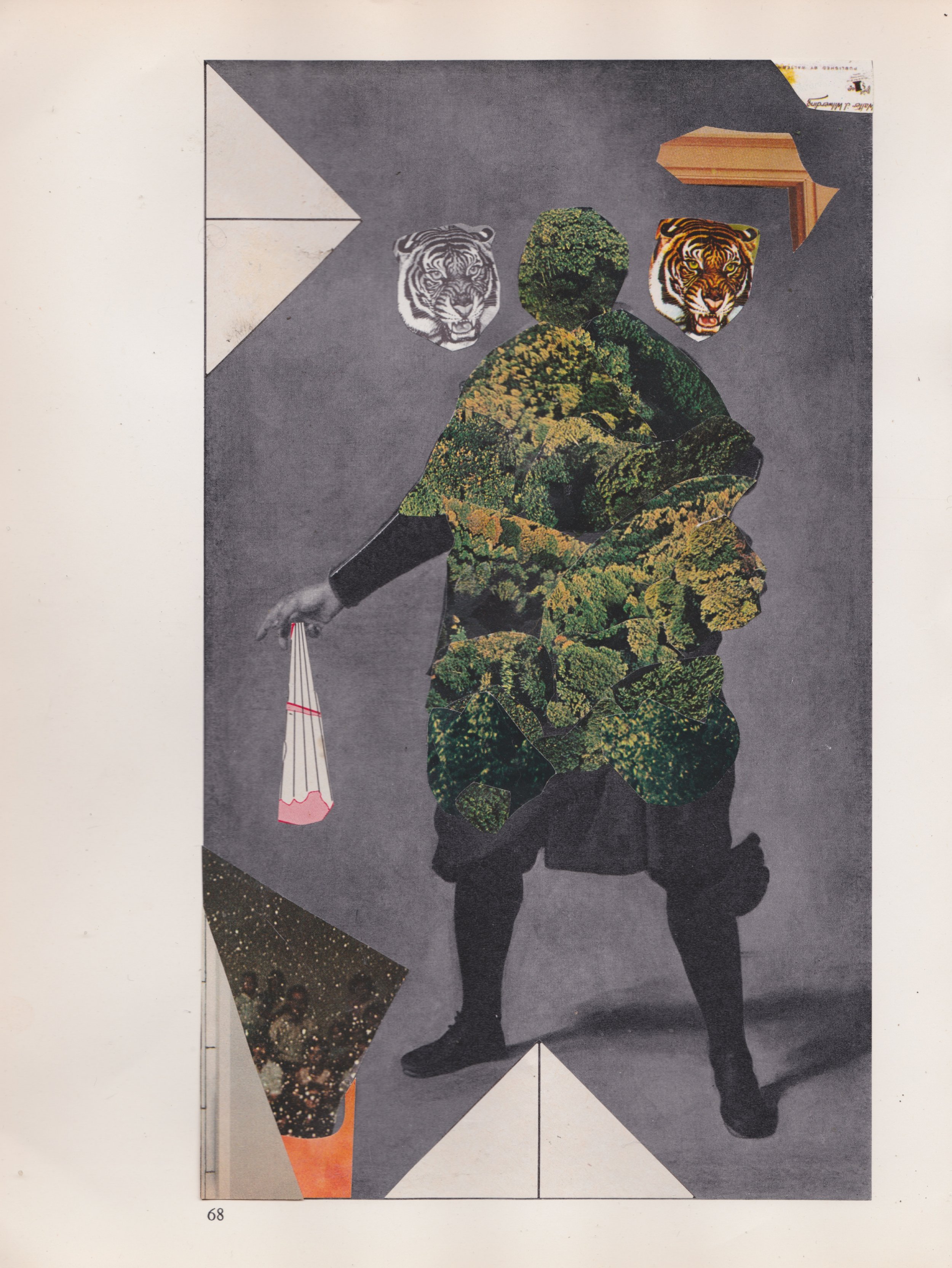Interview: BACKXWASH Affirms Storytelling Prowess With New Album "Only Dust Remains"
BACKXWASH by Méchant Vaporwave
Critically-acclaimed Montreal-based rapper and producer BACKXWASH emerges from creative meditation with her new aptly-titled album Only Dust Remains. Self-released on March 28th, 2025 via BACKXWASH’s own label Ugly Hag Records, Only Dust Remains is the Zambian-Canadian artist’s first offering since her 2022 long-player His Happiness Shall Come First Even Though We Are Suffering—the third of a trilogy, including her Polaris Prize-winning breakout God Has Nothing to Do With This Leave Him Out of It (2020) and I Lie Here Buried With My Rings and My Dresses (2021).
The nom de plume of Ashanti Mutinta, BACKXWASH has been an outlet for embracing anger and life’s darkest corners as a means of self-exploration; breaking down the profound intersection of faith, identity and queerness at the foundation of Mutinta’s being. Deepening her legacy of dexterous storytelling and captivating sonic world-building, Only Dust Remains nonetheless actualizes Mutinta’s newfound “concrete and conceptual” direction, compared to her previous works, which she says were “guided by feeling”.
“With my previous [albums], I felt like immersing myself in my emotions numbed me out,” shares Mutinta, her face softly illuminated by the red glow in the background of our video call.
“With my [triology], I really tried to capture how I was feeling in the moment. I would write a verse in the morning, and shortly begin producing a beat that afternoon, so as not to detach myself and maintain my emotional energy,” she tells me.
Conversely, on Only Dust Remains, Mutinta allowed herself to relish in the album’s construction, and consequently reconnect with her innovative musical virtuosity that has propelled her to trail-blazing status in the queer hip hop space.
“With [Only Dust Remains], I wanted to concentrate on composition, melody and rethink my approach to writing verses. I was motivated by artists like Tyler the Creator and Björk because of the way they constantly change things up in unexpected ways. Tyler the Creator, for example, will bring in elements, like a flute, into a song. It’ll show up for four bars and then totally disappear. I also started watching Björk documentaries, and felt inspired by the way that she tackles music in so many different ways. Her approach is so dynamic and fluid, and exploring her mindset challenged me to stop thinking of my compositions as static blocks and have fun with experimentation. I also re-energized my love for 2000s pop. Like Jessica Simpson’s ‘Irresistable’ has one of the craziest string arrangements of all time!”
Reimagining her trilogy’s signature fusion of traditional African rhythms, nightmarish undertones, industrial thrashing and ambient soundscapes, Muntinta aimed to empower the “student of hip hop” behind it all. Stripping back and allowing her songs to breathe ultimately surfaced an uncompromised, yet emboldened, sound on this fifth album. Only Dust Remains is both thunderous and luminous, with powerful choral arrangements elegantly flowing into grand overtures, melodic sampling, and metallic classic rock instrumentation, along with polished pop winks and gripping genre-flips. Throughout, Mutinta’s signature flow remains unflinching, contemplating global atrocities and injustice, substance abuse, suicide and trauma with her ever-commanding poise.
On Only Dust Remains, Muntinta reflects on her Bancamp: “These are the songs of a person who was brought back to life but is now haunted by death itself.” This aspect is personified not only in Mutinta’s sound, but in the visual representation of the BACKXWASH universe that honours her Zambian heritage and spirituality.
Credited to the brilliant mind of Muntinta’s manager and creative director, Méchant Vaporwave, BACKXWASH’s metal-meets-corpse makeup channels masks worn during a traditional Zambian ritual, whereby the living take on the presence of the dead.
“I belong to two tribes. I’m Tumbuka on my father’s side, and Chewa on my mother’s side. In Chewa culture, there is a traditional ceremony where the community wears masks inspired by spirits, symbolizing death. Even though they’re being worn by people you know and are close with, children run from those wearing them at night because they are legitimately afraid—not of the masks themselves, but what they represent,” Muntinta shares. “I pull from this concept in all facets of my work. We are all facing something scary, and need to be able to perceive and challenge it in different ways in order to confront it,” she adds.
I remark that it’s powerful that Muntinta is so warmly received by fans and the wider music industry while adorning a performance look with such cultural significance. She agrees: “It goes back to this idea that these ceremonies were done in order for people to respect these spirits. Once the mask falls, you’re not going to be scared of someone from your village, you’re going to embrace them,” she says, smiling.
BACKXWASH by Méchant Vaporwave
Though it’s clear that Muntinta is growing as an artist, staying true to her vision and roots has allowed her to remain grounded in midst of her music’s proliferation. Being an independent artist is vital to Muntinta’s outlook, and is something she feels will never change.
“I have an issue with being told what to do creatively,” giggles Muntinta. “[Méchant Vaporwave] and I have talked to a few labels here and there, and most of the time we notice there is a clause in the artist contract that says [I’m] not allowed to release music without their permission. I want to be able to express myself to the fullest extent, and I can’t imagine being met with someone telling me they’re not going to put something out because they don’t think it's the right fit. I love having all the control with regards to my work,” she adds.
Currently touring across Europe, BACKXWASH will return to Montreal for her album release show on April 18th, 2025 at the SAT, performing alongside Only Dust Remains collaborators Magella and Fernie.
ONLY DUST REMAINS
Out now via Ugly Hag Records
1. Black Lazarus
2. WAKE UP
3. Undesirable
4. 9th Gate
5. 9th Heaven
6. DISSOCIATION (feat. Chloe Hotline)
7. History of Violence
8. Stairway to Heaven (feat. Ora Cogan)
9. Love After Death
10. Only Dust Remains (feat. pet wife, Magella, Fernie and Morgan Paige)
Composed, Arranged, and Produced by Ashanti Mutinta
Mixed by Will Owen Bennett
Recorded by Sarah Harris
Mastered by Richard Addison (Trillium Sound)
Creative Direction & MGMT by Méchant Vaporwave

